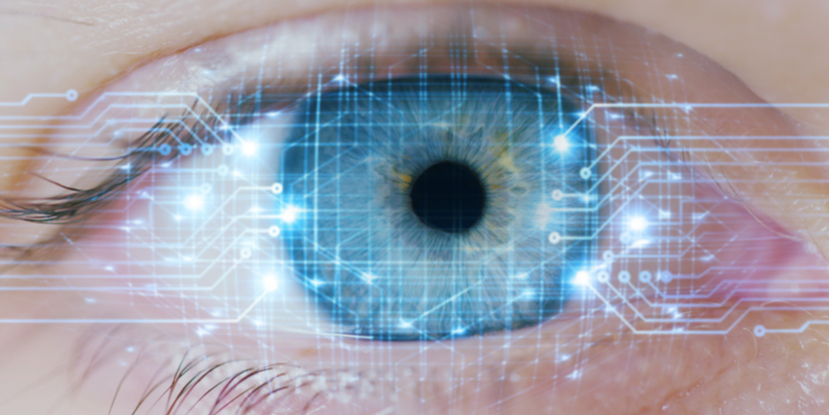How hospitals can boost resilience by building capacity from technology
Healthcare organizations were pushed to their limits by COVID, but they can draw on those painful lessons to translate tragedy into progress.

The Loma Prieta earthquake wrought immense devastation on San Francisco and confronted the city with the immense task of repairing the physical damage and also rethinking the urban landscape to ensure greater resilience for the future.
The city reimagined its infrastructure – including removing an entire freeway that brought a shadow over much of downtown. San Francisco transformed the Loma Prieta earthquake's legacy from one of tragedy to one of progress. And similarly, the damage wrought by COVID must do the same for hospitals.
The pandemic exposed the limits of hospital capacity and clinical bandwidth. To address these challenges and prepare for future crises, we need to focus on two key strategies – expanding care across space through virtual infrastructure and expanding time for care through computer vision and AI for hospital care.
Investments to aid care across space
Before COVID, telemedicine use inside the hospital was a narrow niche. Solutions like e-ICU and telestroke had been proven effective but were useful in very narrow bands of settings and patients. But COVID exposed the casual and disconnected nature of current usage. Tens of thousands of iPads and tablets become a core part of care almost overnight because existing solutions were too rigid to adapt outside of their silos.
Hospitals now know they can stand up disposable emergency solutions tailored to a specific need, but generally have not created a flexible central foundation to serve them through a variety of potential emergencies. Doing so will require three key components:
Lower cost tele-infrastructure. If video for rooms in hospitals returns to costing $10,000 to $20,000, it is too expensive for wide deployment. Equally important are modular components enabling hospitals to create a living system that learns and improves over time. Closed solutions, no matter how compelling today, will quickly age and fall behind advancements in video, AI and more.
A flexible software layer. The blueprint of a single EHR has created the wrong mental model for most hospital solutions. Believing you can standardize on a single solution for inpatient tele is a decidedly wrong strategy. Even the largest providers are made up of scores of acquisitions. In the case of architectural systems like inpatient telemedicine platforms, flexibility is foundational.
An aligned inpatient virtual care model. The core model of staffing doctors and nurses has persisted for generations. Innovations like open and closed ICUs, the rise of hospitalists and required and optional third-party certifications (such as Joint Commission, Magnet and Leapfrog) have been substantive but spaced out. Clinical leaders will need to define what virtual models best complement their bedside teams to cost-effectively provide patient care. Centralizing specific telemedicine functions while enabling flexibility at each location and incorporating full-time and on-demand staffing will be critical to ensure organizations can respond to each potential emergency with the right teams.
The role for computer vision and AI
Virtual care as a platform is a critical driver to enabling rapid flexibility for hospitals to respond to broad emergencies. Yet, ultimately, the units of work do not change.
By integrating computer vision AI with video in every patient room, it’s possible to do continuous monitoring of patients' conditions, tracking their progress, and detecting any anomalies or critical events. This real-time monitoring can significantly improve patient safety and reduce the risk of complications, ranging from falls to pressure wounds and more.
The hospital room needs to become a virtual and ever-expanding sensor powered by a growing intelligence watching what is happening with patients and their care. In this way, hospitals can have eyes on every patient at every moment. Ultimately, this is a critical advancement for acute care in every resource-constrained setting.
Without technology that can take the burden of watching patients clinically and documenting for providers, the current system has little it can do to combat the conflicts between rising acuity and diminishing care capacity.
Bringing it together
A decade of full self-driving capabilities arriving “very soon” have shown the limitations of AI in mission-critical settings. A solid virtual infrastructure that recognizes limitations and provides feedback on the system can improve how fast AI evolves. More importantly, the signals AI produces right now can improve the care given to patients, much like how driver-assist technologies have been improving car safety for the last decade.
The synergy between virtual infrastructure and AI sensing is profound. The former ensures alignment with the bedside team and provides a broader view of patients for AI insights to nudge in the right direction.
Even so, clinical workflows between any new teammates and roles take time to evolve. The collaboration between humans and AI in this context is no different – it must develop organically in an environment regardless of how well it has worked outside of it.
After this is put in place, a virtual cycle in this collaboration further improves performance with slow emergencies like rising patient acuity because of aging and more sudden ones such as pandemics.
Innovations that focus on reducing costs and align with supporting bedside teams are rare and require discipline and focus to reap the benefits of. If hospitals can use the scars of COVID to create change, healthcare organizations will be able to remember the lives lost as the spark that inspired a new, more sustainable and more patient-centric system for all.
Narinder Singh is co-founder and CEO at LookDeep Health.